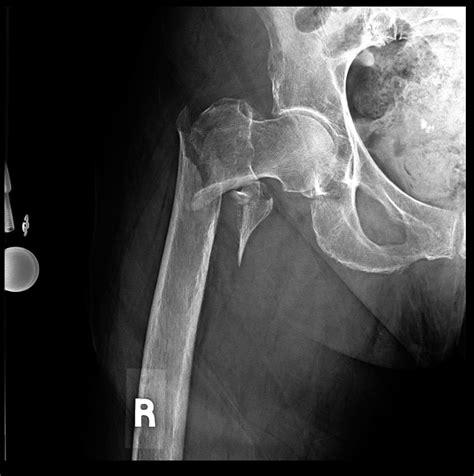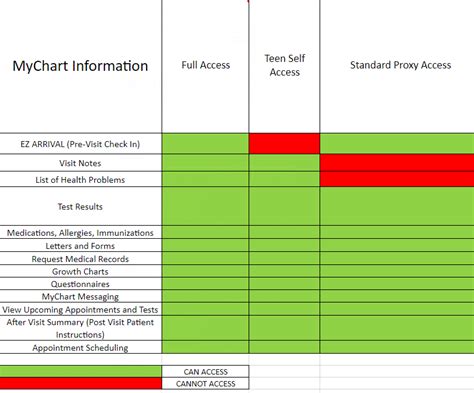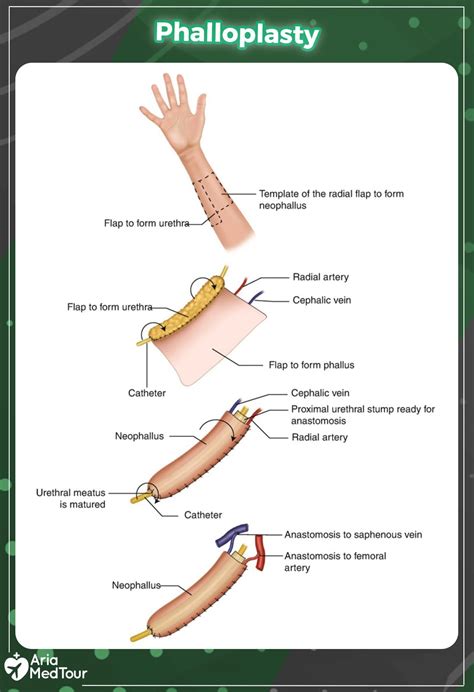The intertrochanteric region of the hip, located between the greater and lesser trochanters, is a common site for fractures, particularly among the elderly population. These fractures, known as intertrochanteric hip fractures, are a significant cause of morbidity and mortality in older adults, often resulting from osteoporosis and falls. The management of intertrochanteric hip fractures involves a comprehensive approach, including surgical intervention, rehabilitation, and prevention of future fractures.
Anatomy and Pathophysiology
The hip is a ball-and-socket joint that consists of the femoral head (ball) and the acetabulum (socket). The intertrochanteric region is the area between the greater and lesser trochanters, which are bony prominences on the femur (thigh bone) that serve as attachment sites for muscles. The greater trochanter is located on the lateral (outer) aspect of the femur, while the lesser trochanter is situated on the medial (inner) aspect. Intertrochanteric hip fractures occur when there is a break in the bone between these two trochanters.
Osteoporosis, a condition characterized by a decline in bone mass and density, is a significant risk factor for intertrochanteric hip fractures. Weakened bones are more susceptible to fractures, especially in individuals who experience falls or other forms of trauma. The pathophysiology of osteoporosis involves an imbalance between bone resorption and bone formation, leading to a net loss of bone tissue.
Clinical Presentation
Patients with intertrochanteric hip fractures typically present with severe hip pain and difficulty walking or bearing weight on the affected leg. The onset of symptoms is often sudden, following a fall or other traumatic event. Physical examination may reveal shortening and external rotation of the affected leg, as well as tenderness and swelling in the intertrochanteric region.
Diagnosis
The diagnosis of intertrochanteric hip fractures is typically made using radiographic imaging, such as X-rays or computed tomography (CT) scans. These imaging modalities allow for the visualization of the fracture and the assessment of its severity. In some cases, magnetic resonance imaging (MRI) may be used to evaluate the extent of soft tissue injury or to detect other potential causes of hip pain.
Treatment
The treatment of intertrochanteric hip fractures usually involves surgical intervention, which may include internal fixation or arthroplasty (joint replacement). Internal fixation involves the use of screws, plates, or rods to stabilize the fracture and promote healing. Arthroplasty, on the other hand, involves the replacement of the damaged joint with an artificial one.
Surgical intervention is often performed on an urgent basis, as delaying treatment can lead to complications such as pressure sores, pneumonia, and deep vein thrombosis. The goal of surgery is to restore the normal anatomy of the hip, alleviate pain, and facilitate early mobilization and rehabilitation.
Rehabilitation
Rehabilitation plays a critical role in the management of intertrochanteric hip fractures, as it helps patients to regain strength, mobility, and independence. A comprehensive rehabilitation program typically includes physical therapy, occupational therapy, and medical management.
Physical therapy focuses on improving range of motion, strength, and functional mobility, while occupational therapy helps patients to develop strategies for performing daily activities and managing household chores. Medical management involves the optimization of medications, such as pain relievers and anticoagulants, to prevent complications and promote healing.
Prevention
Preventing future fractures is an essential aspect of managing intertrochanteric hip fractures. Strategies for prevention include:
- Fall prevention: Removing tripping hazards, improving lighting, and using assistive devices such as canes or walkers can help to reduce the risk of falls.
- Osteoporosis treatment: Medications such as bisphosphonates and hormone replacement therapy can help to slow bone loss and reduce the risk of fractures.
- Exercise and physical activity: Regular exercise, such as weight-bearing activities and resistance training, can help to improve bone density and reduce the risk of falls.
- Nutritional management: Adequate intake of calcium and vitamin D is essential for maintaining strong bones.
What are the most common causes of intertrochanteric hip fractures?
+Osteoporosis and falls are the most common causes of intertrochanteric hip fractures. Weakened bones due to osteoporosis make individuals more susceptible to fractures, especially in the event of a fall or other traumatic event.
What are the treatment options for intertrochanteric hip fractures?
+The treatment options for intertrochanteric hip fractures include internal fixation and arthroplasty (joint replacement). Internal fixation involves the use of screws, plates, or rods to stabilize the fracture, while arthroplasty involves the replacement of the damaged joint with an artificial one.
What is the prognosis for patients with intertrochanteric hip fractures?
+The prognosis for patients with intertrochanteric hip fractures depends on various factors, including the severity of the fracture, the presence of underlying medical conditions, and the effectiveness of treatment. With prompt and proper treatment, many patients are able to regain strength, mobility, and independence.
In conclusion, intertrochanteric hip fractures are a significant cause of morbidity and mortality in older adults, often resulting from osteoporosis and falls. A comprehensive approach to management, including surgical intervention, rehabilitation, and prevention of future fractures, is essential for optimizing outcomes and improving quality of life. By understanding the anatomy, pathophysiology, clinical presentation, diagnosis, treatment, and prevention of intertrochanteric hip fractures, healthcare providers can provide high-quality care and reduce the burden of these fractures on individuals and society.



